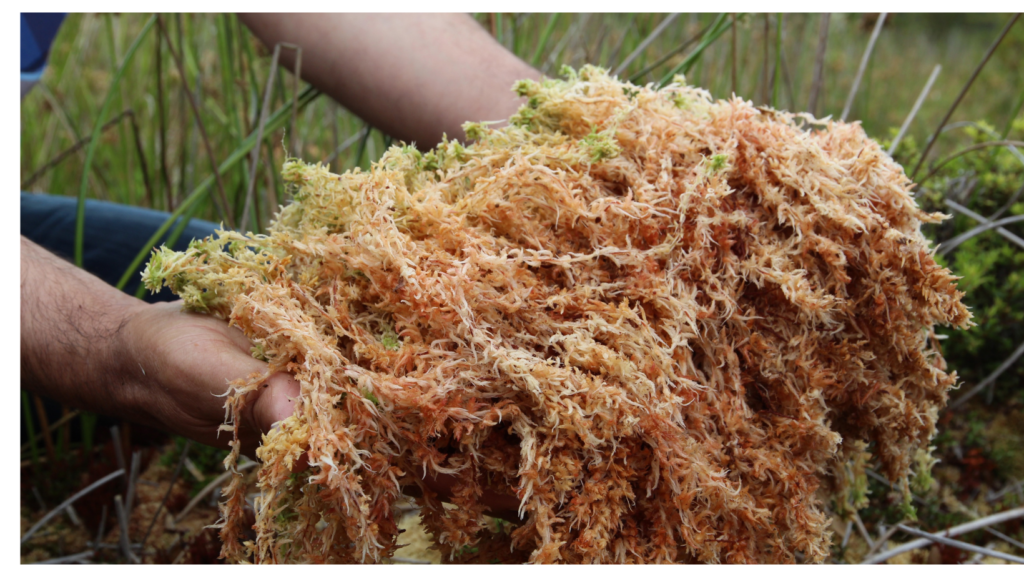Food
How To Use Carrageen Moss
Carrageen moss, latterly known as Irish moss, is one of Ireland’s most powerful traditional tonic remedies. As an island/coastal culture, which for many centuries hacked a living out of the landscape with inherent and necessary frugality, we accrued a tremendous natural pharmacy – using our myriad herbs (nearly all now known as weeds!), mushrooms and sea vegetables as cures for the many ills that befall a poor population living off the land.
This rich oral tradition of natural medicine, suppressed and reviled by our successive colonial overlords, kept its flame alight across centuries, passing from mother to daughter and father to son, until the weight of oppression nearly extinguished it altogether.
But now the flames of our hedgerow herbal medicine tradition are being fanned by new generations and The Hopsack is a HUGE proponent of such movements, telling everyone who’ll listen about the benefits of elderberry, horsetail, of meadowsweet and of course of carrageen moss.
For forty four years The Hopsack has been educating our community about how to use this powerful sea vegetable (seaweed…notice the pejorative linguistic trend?!) for its unrivalled mucolytic properties. A mucolytic is a substance with the properties to reduce the viscosity of mucous, to reverse a trend of congestion and encourage a clearing of the airways and digestive tract of excess thickened (and usually infected) phlegm.
Recently, Tiktok users have been exposed to its benefits via a host of viral posts that talk about its myriad secondary uses – as per usual with most Tiktok trends the core of their popularity centres around either weight loss or beauty and the carrageen moss trend is no different. We would caution before jumping on any of these over-hyped health references, but have no doubt: if you are suffering from a deep cough or persistent sinus congestion, carrageen or irish moss is your first port of call.
Have a look at our carrageen moss cough remedy winter tonic.
How to Cook Carrageen Moss
Part of the new trend in carrageen moss preparation and consumption is in the shift to eating the entire plant. Traditional methods of cooking nearly always involved decocting (simmering in hot liquid) the carrageen before disposing of it and drinking the liquid it was cooked in. This method releases all of the mucilaginous contents of the carrageen along with its nutrient stores such as iodine, zinc, potassium etc. liberating them from the relatively indigestible tough fibre that makes up the body of the seaweed. If you wish to consume the seaweed whole, we recommend following our instructions below and then putting the resulting mixture into a blender to make the final product into a more digestible sea moss gel tonic or jelly.
Carrageen Moss Drink
If we’re making our Irish moss brew for battling a cough or a cold we love to add the following herbs in after the cooking phase. Leave them to infuse for at least 10 minutes, but the longer the better so overnight is the goal if at all possible. The next day you’ll be sipping around 4 cups throughout the day. Adding half a cup of your concoction to half a cup of freshly boiled water to achieve a nice balance of benefit and beautiful flavour.
Our favourite indigenous Irish herbs for the super sonic winter tonic are –
Elderflower – a powerful antiviral, antioxidant and lung tonic herb
Mullein – a deep expectorant herb, mullein will assist the mucolytic action of the carrageen by actively encouraging your lungs to clear the phlegm as the carrageen helps to thin it out.
Plantain – simply the best herb we’ve come across to help decongest your sinuses and connected inner ear along with the eustachian tubes that join them.
Yarrow – a fab cooling herb, also a powerful astringent, yarrow reduces congestion on the chest and in the head while it helps to modulate a high fever.
Meadowsweet – analgesic and demulcent, meadowsweet helps you cope with the pain of your illness ( meadowsweet is a rich source of salicylic acid, the foundation of aspirin, which was originally isolated from willow bark).
Thyme – along with its pal oregano, thyme is probably the best antiseptic herb that although not native to us, grows happily on our shores.
Sage – another antimicrobial herb with similar qualities to thyme, sage has cooling properties that pair well with yarrow, so ideal if there’s an illness set in that your body is trying to fight off with a fever.
(If you’re looking to add multiple seaweed to your smoothies, then checkout this organic seaweed powder detox blend. )
Carrageen Moss Pudding
One of the most common uses of carrageen is in industrial food production where it serves to bind ingredients together and keep them suspended in their mixture. This is because of that gelatinous thing that carrageen does once boiled. If we want we too can harness this power of nature to make OUR VERY OWN JELLIES!!!
To achieve this all we need to do is double the concentration of carrageen…oh and go out n find some decent jelly molds to pour our yummy jelly into. Or not you really just need a bowl to get your jelly wobbling.
To make a delicious carrageen jelly pudding all you need to do is swap out the water in the above recipe for milk, adding a vanilla pod makes this mixture really sing, before simmering gently for about 30 minutes as before




